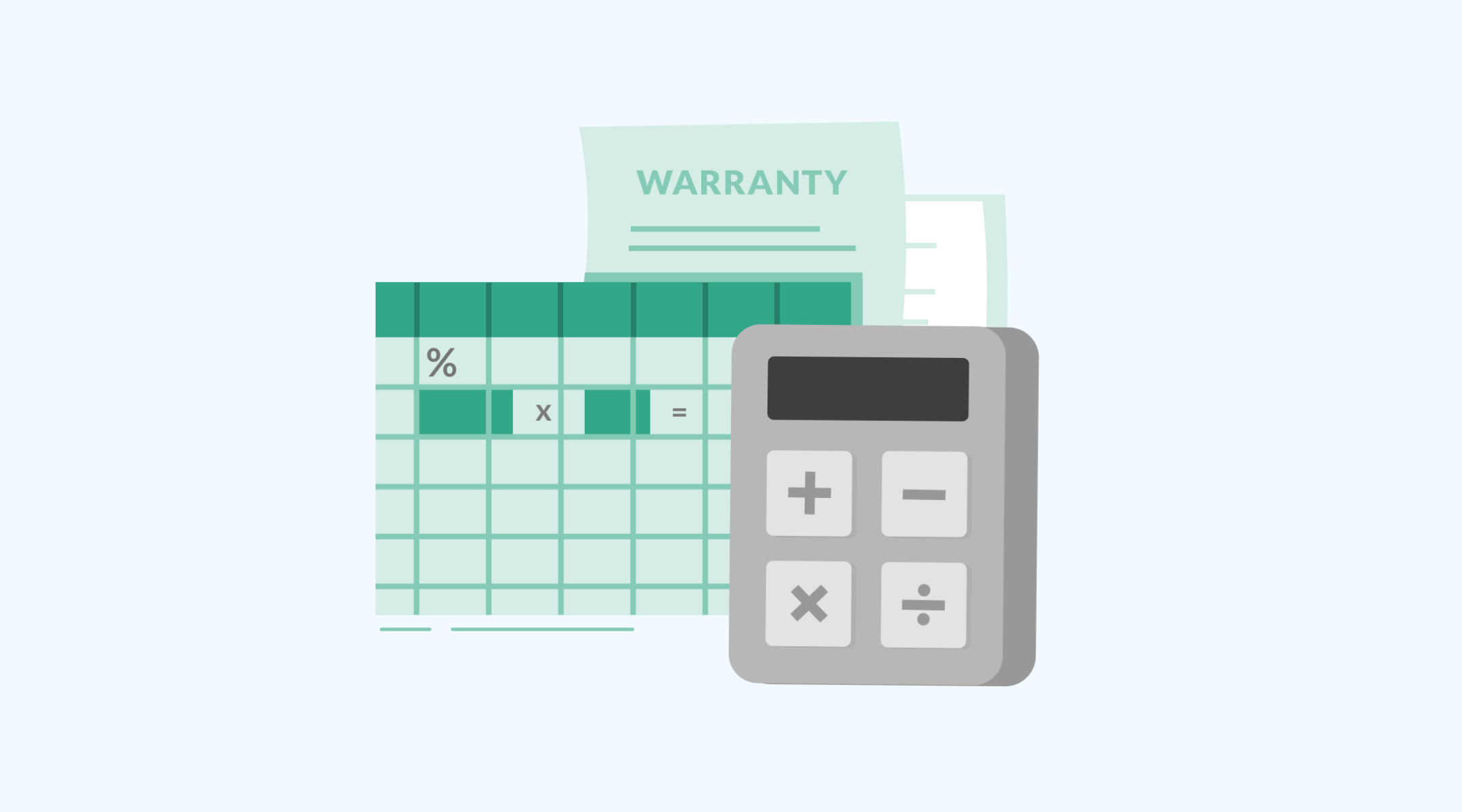Increasing Inventory Turns
Inventory control is crucial to any warehouse, retailer, or maintenance shop. It is important to carefully streamline your inventory because too much or too little can affect your bottom line. The amount of inventory purchased should be your usage. Here are a few tips on how to achieve a healthy inventory turn rate:
1. Start with an accurate, up-to-date count of inventory items
You can accomplish this by running regular (and accurate) physical inventory counts. If your inventory is up-to-date, you can better understand your parts on-hand. Plus, real-time insight into your inventory helps you to make purchasing decisions that are proactive rather than reactive.
2. Ensure you always have items on hand that are needed
Set up reports that validate that you are purchasing the correct inventory in the correct quantity, so you stock what is needed and nothing more or less. There are a few metrics you can begin monitoring to ensure you are accomplishing this:
- Define your Minimum Stock – The minimum on-hand quantity (reorder if you fall below this value)
- Define your Maximum Stock Levels -The maximum on-hand quantity
- Define Safety Stock Level – The recommended quantity that should be kept on hand at all times.
- Setup a Reorder Point – Many maintenance systems can help you to identify when you need to order more.
- Replenish Parts – Understand the most economical way to replenish a dwindling parts supply. If there is an inventory site with the part you require, the most time-saving an inexpensive way to replenish a low part stock may be to ship the part from another inventory.
- Search your Part Stock History – A maintenance system should show you historical examples of the part so you can learn from the past and strategize for similar events in the future.
- Fell to the Minimum Stock Level
- Fell to Zero
- Less than the Minimum Stock Level
- Less than the Safety Stock Level
3. Negotiate with supplier
Work with suppliers to reduce delivery times so items can be purchased more frequently as needed. By reducing delivery times, you can order in smaller quantities on a more frequent basis. For example, if the supplier offers same-day delivery, you can order in the morning for work to be done in the afternoon. When placing the order, make sure you have a better idea of what inventory you need to order. If it takes the supplier a week to deliver an order, you may need to order in larger quantities and may want to order more since you may not know today what you will need in three days.
If you do run low on stock (i.e., you fall below your min/max level), contact your preferred supplier. Depending on your relationship, it may be possible to negotiate a more urgent replenishment with the salesperson at the front line at the dealership.
4. Identify and get rid of obsolete inventory
You can read more about this in our article, How to Save Money by Reducing Slow Moving Parts. You’ll need to start with analytics to identify slow-moving inventory on time (i.e., not after years of non-use).
- Make arrangements with suppliers to return slow-moving, or obsolete inventory and try to get reimbursed as close to the full value as possible. The sooner inventory is identified as slow-moving or obsolete, the better the chance to get full reimbursement.
- Getting rid of obsolete inventory frees up stockroom space to stock needed items (see #2).
5. Implement advanced reporting and analytics tools
These tools can help you identify proper reorder points and forecast inventory demand, helping you to predict what to order and when to order it:
- With the advent of machine-learning, new tools are in development to help you understand and forecast inventory demand. To find out more about innovations in Machine Learning, reach out to us.
- Understand past usage to set better min/max values








